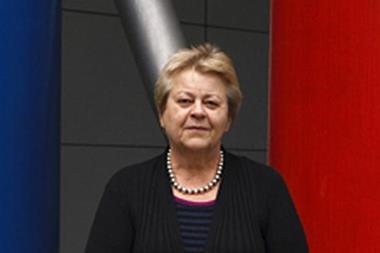As captives expand and become more complex, they are seeking tailored reinsurance solutions
Captive owners are seeking to get more out of their risk retention vehicles as the commercial insurance market hardens and the global risk landscape becomes more complex.
Over the past three years, many existing captives have increased retentions and/or expanded into new classes of business as a result of demand from parent companies.
“Captives have been growing and expanding and many are now writing multiple lines of insurance,” explains Thomas Keist, Global Captive Solutions Leader at Swiss Re Corporate Solutions, speaking during a podcast.
“The global pandemic, War in Ukraine and relatively hard commercial insurance market are among the factors making the life of captive clients more complicated. Captives are being requested by the parent company to take on more risk - either within existing lines of business or from new lines of business.
As a result, access to contingent capital becomes the most important aspect of the captive’s management.
Structured reinsurance solutions
Among the challenges presented to captive owners as they expand the use of their risk retention vehicles are how to approach the upcoming reinsurance renewals.
“Reinsurance discussions have materially changed,” continues Keist. “In the past, these discussions were mostly about single line reinsurance above a captive’s retention whereas now they are more around capital protection.”
For multi-line captives, structured reinsurance solutions are an important set of tools at their disposal. These can be tailored to the captive insurer based on a range of factors, including the underlying exposure, loss experience and risk retention strategy.
“It’s about how much they want to retain, versus how much they want to transfer,” explains Marco Adamo, Senior Structurer, Innovative Risk Solutions, EMEA, Swiss Re Corporate Solutions.
Structured reinsurance solutions can be multi-year, helping to smooth out volatility over a three to five-year period. They avoid the inefficiencies that often come with a more standardised approach, and can include difficult to insure risks.
“These types of solutions are used to avoid unexpected losses that are generated from different lines that might or might not be correlated,” says Adamo.
“The goal is to obtain diversification that will occur through time and across lines. These are customised covers, which means there is a high probability of renewal.”

Bespoke solutions for diverse needs
When working with clients to come up with a bespoke reinsurance solution, an open dialogue is essential, according to Adamo. “You’ve got to dig deep to understand the captive owner’s true motivation and key goals.”
“We have the capability to sit with the client and listen and understand precisely where they are coming from, their motivation of looking into such structures and how to design covers so these needs are met,” adds Keist.
“More complex multi line multiyear reinsurance structures are not something you can just take off the shelf - you need to design them and build the actuarial model in the right way to come up with a competitive quote.
“Our team has a solid track record coming up with more complex structures and can leverage that expertise to design a broad range of alternative risk transfer solutions. And we are set up globally, so you can talk to use wherever you are.
Thomas Keist is Global Captive Solutions Leader and Marco Adamo is Senior Structurer, Innovative Risk Solutions, EMEA, Swiss Re Corporate Solutions.

















No comments yet